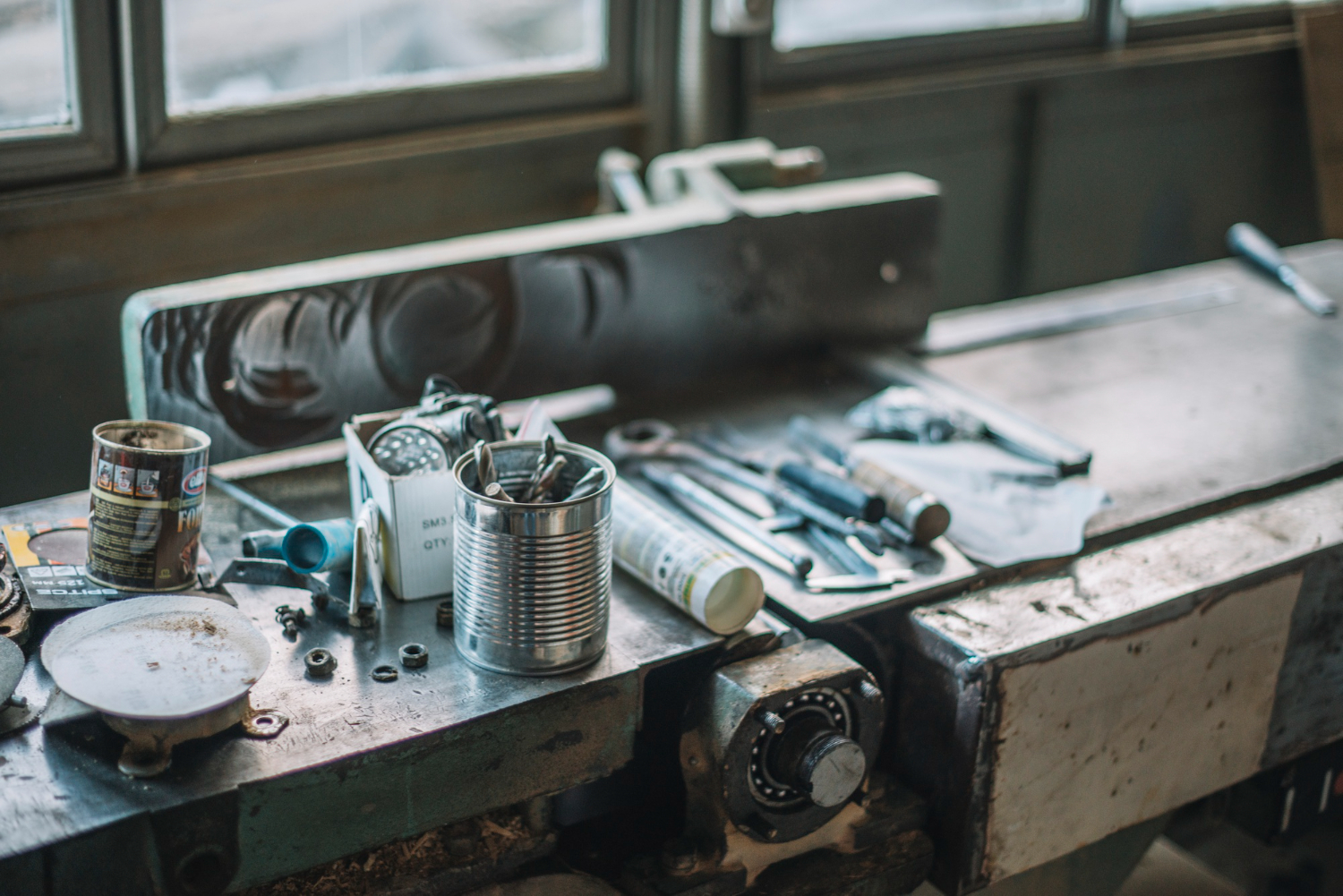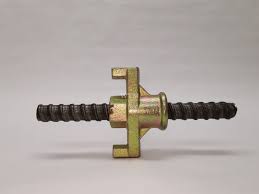Top 7 Best Practices for Perfecting Injection Molding
Navigating the world of manufacturing, one cannot overlook the essential role of injection molding manufacturing in producing durable and precise polymer parts.
Whether you’re crafting components for automotive, consumer electronics, or medical devices, understanding how to optimize the injection molding process is key to achieving high-quality results efficiently.
Understanding Injection Molding Manufacturing
What is Injection Molding?
Injection molding is a manufacturing technique that involves injecting molten material into a mold to create a desired shape. This process is popular for its ability to produce large volumes of identical parts, making it ideal for industries with mass production needs.
Manufacturers often choose injection molding for its cost-effectiveness and the repeatability of producing consistent parts. The process typically involves melting plastic resins and injecting them under pressure into a mold cavity, where they cool and solidify into the final product.
Why Best Practices Matter
Following best practices in injection molding manufacturing can elevate the quality of your products while reducing defects and optimizing production time. By adhering to proven techniques, manufacturers can minimize waste, enhance product durability, and streamline the manufacturing process.
Implementing these practices not only leads to better products but also reduces costs and increases efficiency, offering a significant competitive advantage in the market.
Best Practices for Injection Molding
1. Material Selection
Choosing the right material is pivotal for successful injection molding. Different materials offer various properties, affecting the product’s strength, flexibility, and resistance to environmental factors.
For example, ABS is known for its durability and impact resistance, making it suitable for automotive parts. Polyethylene, on the other hand, is lightweight and offers good chemical resistance, ideal for packaging.
When selecting a material, consider the specific application and the properties required for the final product. Cost-effectiveness and environmental impact should also be evaluated, ensuring the chosen material aligns with your manufacturing goals.

2. Design for Manufacturability
Creating designs with manufacturability in mind is crucial for efficient production. This involves simplifying complex designs to reduce manufacturing costs and time while ensuring the product meets all functional requirements. By minimizing unnecessary features and focusing on essential elements, manufacturers can streamline the production process and reduce the potential for defects.
Designers should collaborate closely with engineers to ensure the design is feasible and aligns with manufacturing capabilities. This collaboration helps identify potential challenges early in the process, preventing costly redesigns and delays.
3. Consistent Wall Thickness
Maintaining uniform wall thickness throughout the part is essential to prevent issues like warping and sink marks. Inconsistent thickness can lead to uneven cooling, resulting in defects that compromise the product’s integrity. To avoid these problems, designers should aim for a uniform thickness and consider the material’s properties when determining the optimal thickness.
Uniform wall thickness not only enhances the product’s structural integrity but also improves the flow of material during the injection process, leading to smoother and more reliable production.
4. Incorporate Draft Angles
Draft angles are slight inclines incorporated into the design to facilitate the easy ejection of the part from the mold. Without draft angles, parts may stick to the mold, causing damage and increasing production time. The recommended draft angle depends on the surface texture, with a general rule of 1 to 3 degrees for smooth surfaces and up to 5 degrees for textured surfaces.
Incorporating draft angles into the design early on can prevent costly adjustments later and ensure a smooth manufacturing process.
5. Use of Ribs and Gussets
Ribs and gussets are structural features that add strength and rigidity without increasing wall thickness. By reinforcing critical areas, these features prevent deformation and enhance the part’s durability. When designing ribs and gussets, it’s important to consider their thickness and placement to avoid creating stress points or sink marks.
Properly designed ribs and gussets distribute stress evenly across the part, reducing the risk of failure and improving overall performance.
6. Optimize Gate Locations
Gate placement is crucial for ensuring smooth flow and reducing defects. Gates are the entry points through which the molten material enters the mold, and their location can significantly impact the quality of the final product. Different gate types, such as edge gates or tunnel gates, offer various benefits depending on the part’s geometry and desired finish.
Strategic gate placement ensures even distribution of material, minimizes weld lines, and enhances the aesthetic quality of the part.
7. Avoid Undercuts
Undercuts present challenges in injection molding, often requiring complex and costly side actions. By redesigning parts to eliminate or reduce undercuts, manufacturers can simplify the mold design and decrease production costs. Alternative strategies, such as using collapsible cores or moving the parting line, can also effectively address undercuts.
Avoiding undercuts not only reduces manufacturing complexity but also improves the mold’s durability and longevity.

Common Mistakes to Avoid
Despite the advantages of injection molding, common mistakes can hinder success. These include overlooking the importance of uniform wall thickness, neglecting draft angles, and failing to optimize gate locations. By being aware of these pitfalls and following best practices, manufacturers can avoid costly errors and improve the overall quality of their products.
Benefits of Following Best Practices
Adhering to best practices in injection molding offers numerous benefits, including improved product quality, reduced defects, and cost savings through efficient production processes. By leveraging these practices, manufacturers can achieve a competitive edge and meet the demands of today’s fast-paced market.
Conclusion
Mastering the art of injection molding involves understanding and implementing best practices to optimize production, enhance product quality, and reduce costs.
By focusing on material selection, design for manufacturability, and other critical factors, manufacturers can achieve successful outcomes in their injection molding endeavors. For those looking to explore further, consider connecting with industry experts for guidance and additional resources.
FAQs
What is the injection molding process?
Injection molding involves melting plastic resins and injecting them into a mold cavity, where they cool and solidify into the desired shape.
What are the 4 stages of injection molding?
The four key stages of injection molding are clamping, injection, cooling, and ejection.
What is bad about injection molding?
Challenges in injection molding include high initial tooling costs, design limitations, and potential defects due to improper execution.
Is injection molding easy?
While injection molding offers numerous benefits, mastering the process requires expertise and attention to detail. The learning curve can be steep, but the advantages make it worthwhile.


